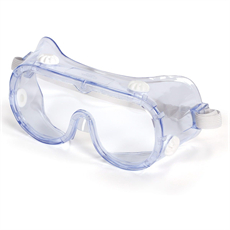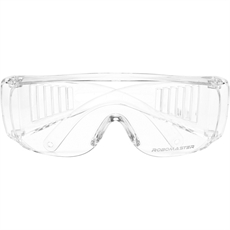Nurse uniform regulations are guidelines and policies set by healthcare institutions, professional nursing organizations, and government agencies to ensure that nurses wear appropriate attire that meets hygiene, safety, and professionalism standards. Here’s what you should know about nurse uniform regulations:
- Institutional Policies: Different healthcare facilities may have their own specific uniform policies, which can include rules regarding colors, styles, and types of uniforms. It’s important for nurses to be aware of and adhere to their institution’s uniform regulations.
- Professional Standards: Nursing organizations, such as the American Nurses Association (ANA) in the United States, often provide recommendations and guidelines for nursing uniforms. These guidelines are designed to promote professionalism and patient safety.
- Infection Control: Infection control is a top priority in healthcare. Nurse uniform regulations often include guidelines on maintaining cleanliness and minimizing the risk of transmitting infections. This may involve wearing scrubs that are easy to clean and disinfect.
- Identification: Nurse uniforms typically include name badges or other forms of identification. This allows patients and colleagues to easily identify nurses and their roles within the healthcare team.
- Comfort and Mobility: Modern nurse uniforms prioritize comfort and mobility to support nurses in their demanding roles. Scrubs, for example, are designed to allow freedom of movement and are made from breathable materials.
- Modesty and Professionalism: Uniform regulations often stress the importance of modesty and professionalism. Uniforms should be neat, clean, and well-fitting. They should also reflect a professional image.
- Dress Code: Some healthcare facilities may have specific dress codes that extend beyond just uniforms. This can include guidelines on jewelry, makeup, and hairstyles. It’s important to be aware of and adhere to these policies.
- Cultural Sensitivity: In diverse healthcare settings, cultural sensitivity is crucial. Some uniforms may need to accommodate religious or cultural attire or be adapted to respect specific cultural norms.
- Patient Safety: Nurse uniforms should not pose a safety hazard to patients. For example, long necklaces or dangling earrings may need to be removed to prevent them from becoming entangled with equipment.
- Adherence to Regulations: Failing to adhere to uniform regulations can result in disciplinary actions by the healthcare institution. It’s important for nurses to understand and follow these regulations to maintain a safe and professional healthcare environment.
- Updates and Changes: Uniform regulations may evolve over time to adapt to new healthcare practices, technologies, and infection control measures. Nurses should stay informed about any updates or changes to uniform policies.
- Personal Protective Equipment (PPE): In light of the COVID-19 pandemic, regulations related to PPE have become especially important. Nurses may be required to wear specific PPE, such as masks, gowns, and face shields, in addition to their regular uniforms.
It’s essential for nurses to familiarize themselves with the specific uniform regulations and dress codes of their healthcare facility or organization. Compliance with these regulations not only ensures a safe and hygienic environment but also upholds the professionalism and reputation of the nursing profession.























